
Rediscovering Japan

Rediscovering Japan
Travel (Nagasaki Part 3 (Central Nagasaki City continued))

by tomizuta
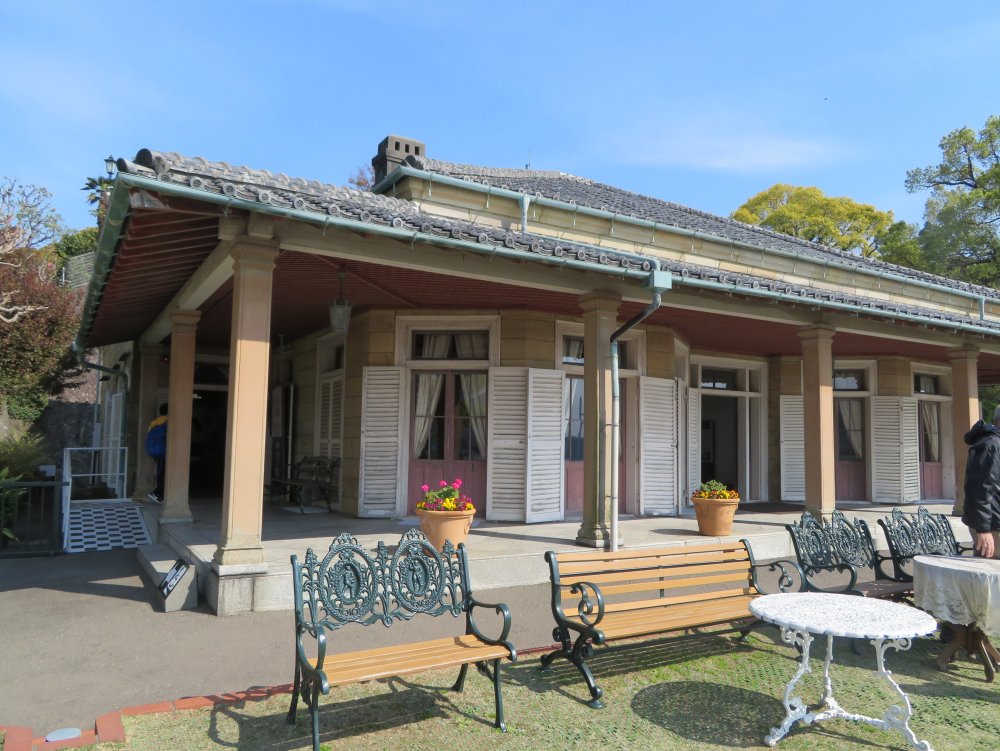
Former Ringer's residence in Glover Park. It was built around the Meiji Restoration (1868). A classic example of a residence of the wealthy merchants that benefited from the trade with Japan during the phase of its rapid industrialization.
We took the tram again and headed south to visit Glover Garden and Ooura Cathedral. We got off the tram at Ishibashi Station. We preferred this to going from Ooura Cathedral Station, as you can use the Glover Sky Road, which is a slope lift and then a vertically lift that takes us to the top of Glover Garden, situated on the southern side of a hill overlooking the sea.
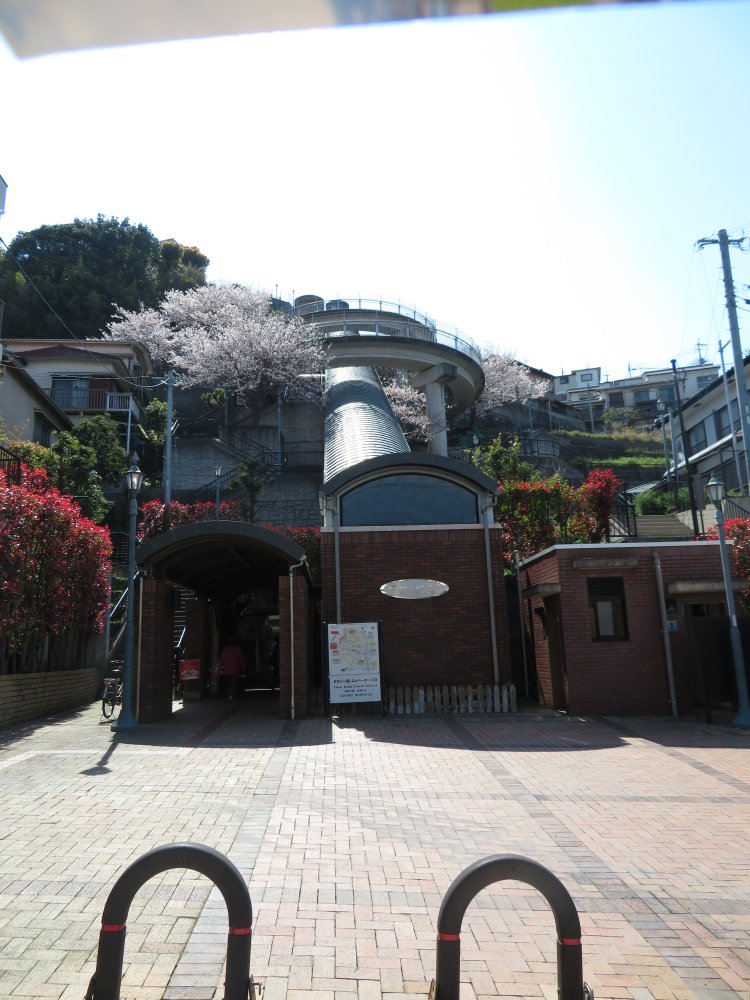
Entrance of the slope elevator leading to Glover Garden.
I didn’t know until this visit that Glover Garden was an open-air museum with many buildings from the same period as Glover House. I had always thought it was just the Glover House. We paid the admission fee of 610 yen per person. I was disappointed to hear that Glover House is now undergoing a major refurbishment and that we would only be able to view the scaffolded building. But it turned out that there are quite a few contemporary buildings with interesting displays. There are so many reviews and photos available on the internet so I will not bother going into the details. I was impressed by the luxurious houses of the merchants after Japan reopened its ports and couldn’t help thinking how much money they must have made through their trade with both the central as well as local governments of Japan.
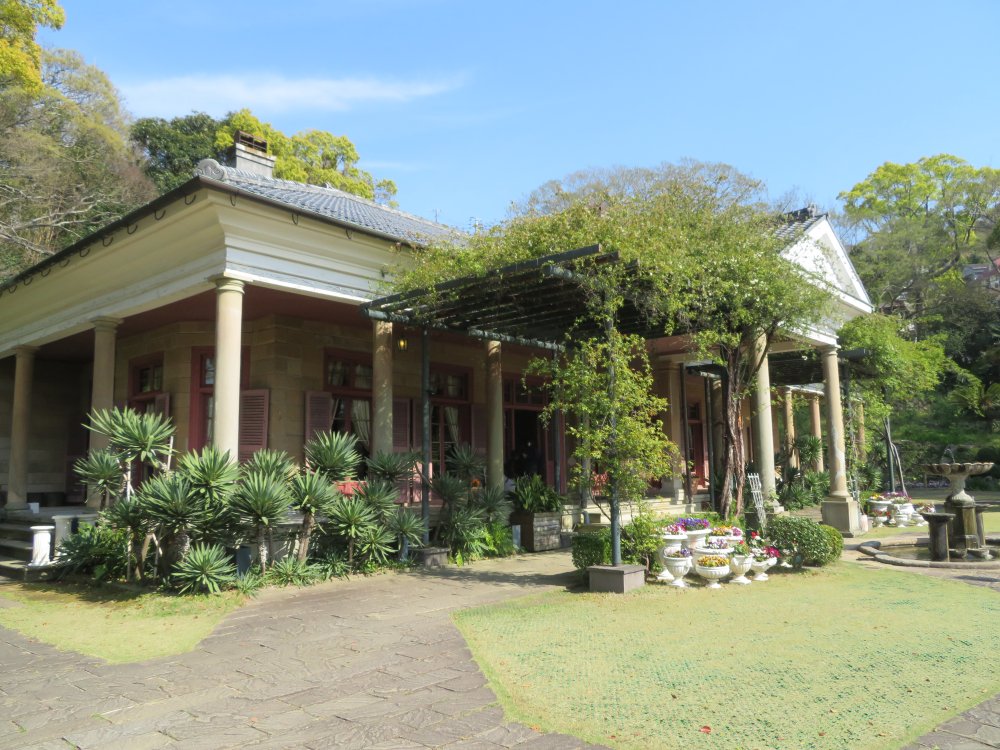
The Official Tourism Website for Nagasaki City describes the former Alt House as "one of the largest and the most stylish Western-style buildings constructed in Japan during the years from the end of the Edo shogunate to the end of the Meiji Era (1868 to 1912). William Alt, an Englishman, made a handsome profit from his tea exporting business, and managed a Japanese tea factory."
We left Glover Garden and went down to visit Ooura Church. The gothic style church was built to serve the foreigners living in the foreigners’ residential area designated by the Japanese Government in the Yamate area, in 1864, six years after Japan opened its ports including Yokohama and Nagasaki. It is the oldest existing Christian church and the only church that has been designated as a national heritage. It is also one of the twelve components of the World Heritage designation, “Hidden Christian Sites in the Nagasaki Region”.
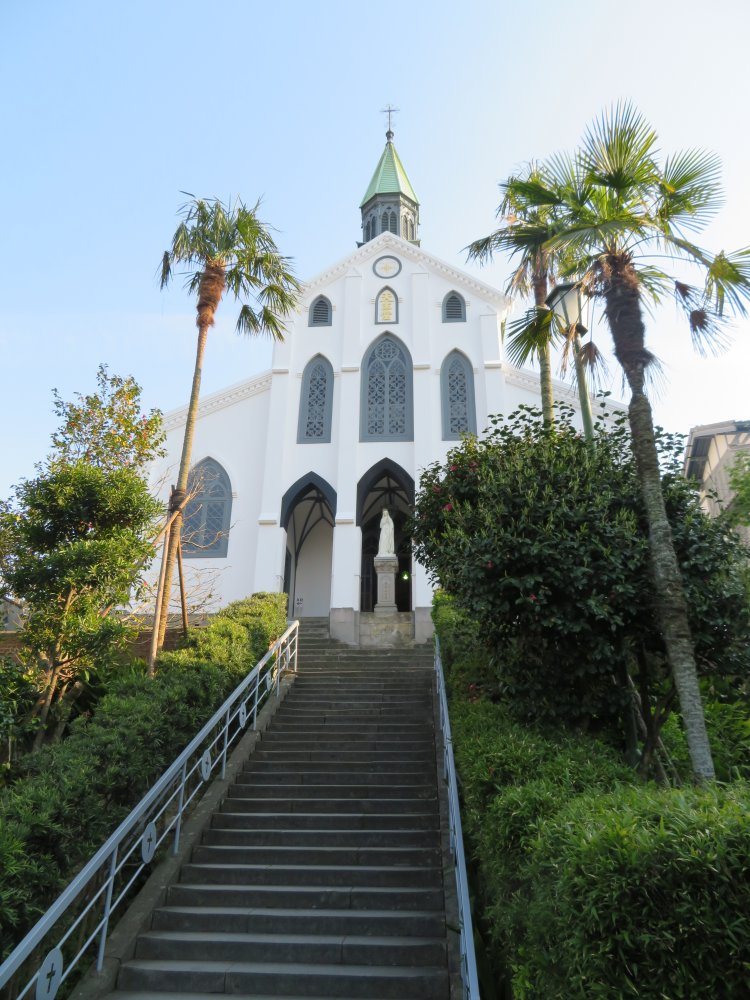
Ooura Church, built in 1864, is the oldest existing Christian church and the only church that has been designated as a national heritage.
We paid the admission fee of 1,000 yen, which I first thought was high until I subsequently learned there are two museums situated on the same site. The church is the famous site where the hidden Christians from Urakami told the French missionary Bernard Petitjean that they were of the same faith. It’s a beautiful church but no photography was allowed inside.
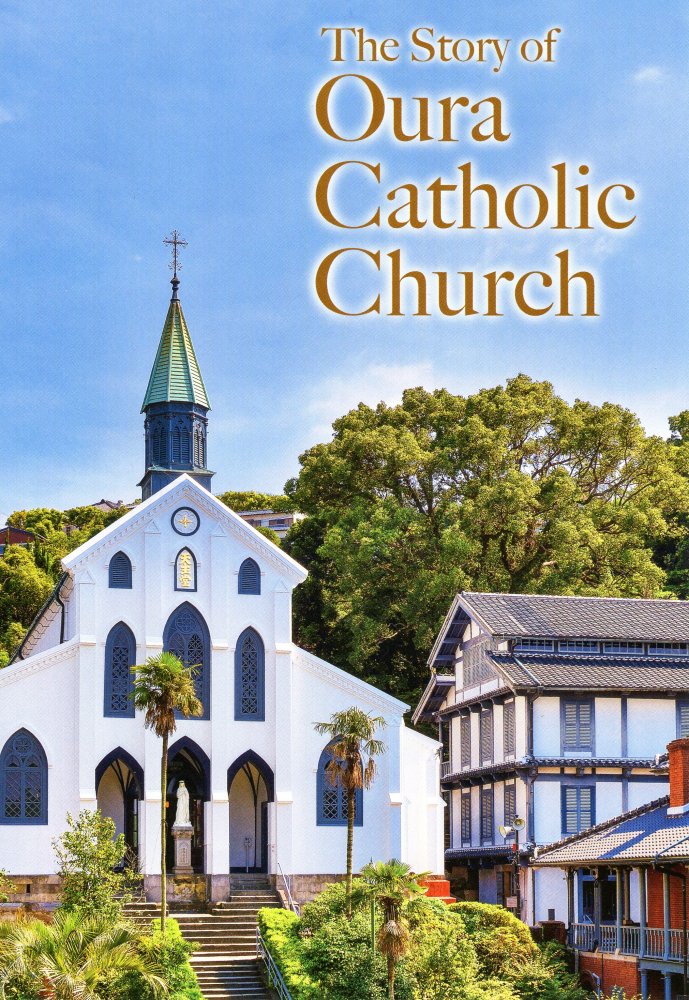
No photography is allowed in the church but the 32 page pamphlet you receive at the admission office is very informative.
We next visited the former Latin Divinity School converted to a museum with displays relating to this church followed by the former Archbishop’s residence with the history of Christianity in Japan. The red-bricked buildings reminded me of Tomioka Silk Mill in Gunma Prefecture, another World Heritage site.
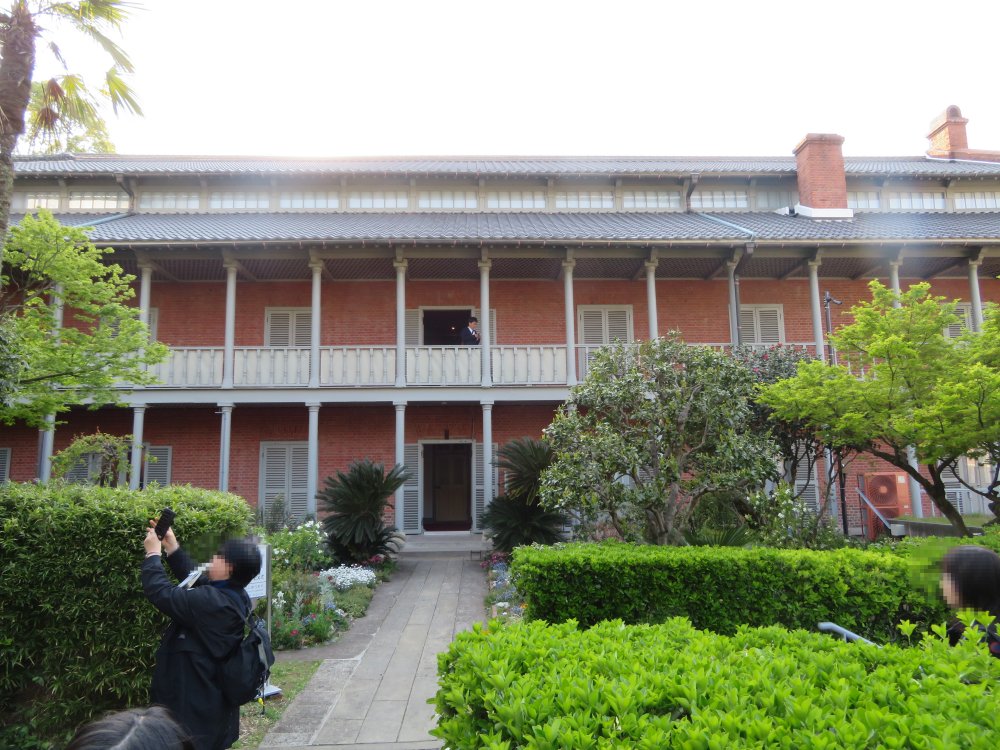
The red-bricked buildings reminded me of Tomioka Silk Mill in Gunma Prefecture, another World Heritage site.
There are many western style buildings including those in Glover Park,
Ooura Church or the former Latin Divinity School situated in the Minami
Yamate area, stretching to the bayfront. The area was designated as an
Important Preservation District for Groups of Historic Buildings in 1991.
As we went down Glover Street to the bayfront we noticed some interesting
western style buildings as well as the grand former Hong Kong Shanghai
Bank’s Nagasaki Branch at the bottom.
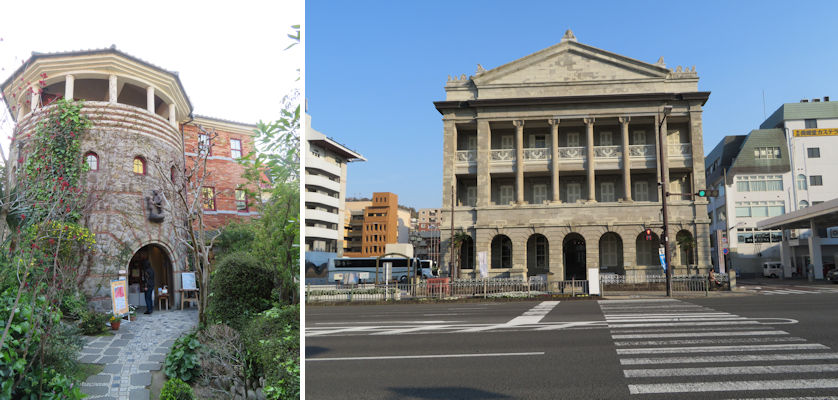
The pretty Western style building of Inori-no-oka Picture Book Museum on Glover Street (left) and the grand former Hong Kong Shanghai Bank’s Nagasaki Branch.
It had been a long day, but we continued our tour of Nagasaki to visit Dejima. Dejima is a fan-shaped artificial island of about fifteen thousand square meters. It was completed in 1636 to confine the Portuguese to this island to prevent the spread of Christianity. After the Tokugawa shogunate banned the Portuguese from traveling to Japan, the Dutch trading port in Hirado was moved to Dejima. From then, Dejima became Japan’s sole port to the West. Due to modern land reclamation on the island’s south western side, Dejima seems to be part of the mainland now, but before that it was an island sticking out into the bay. The island was deserted for a long time but Nagasaki City has to date rebuilt about half of the forty-nine buildings that existed. It’s a pleasant and interesting walk through the main road, browsing the rooms where sailors stayed, the Dutch Trading Post and the divinity school at the northern end. The admission fee was 510 yen.
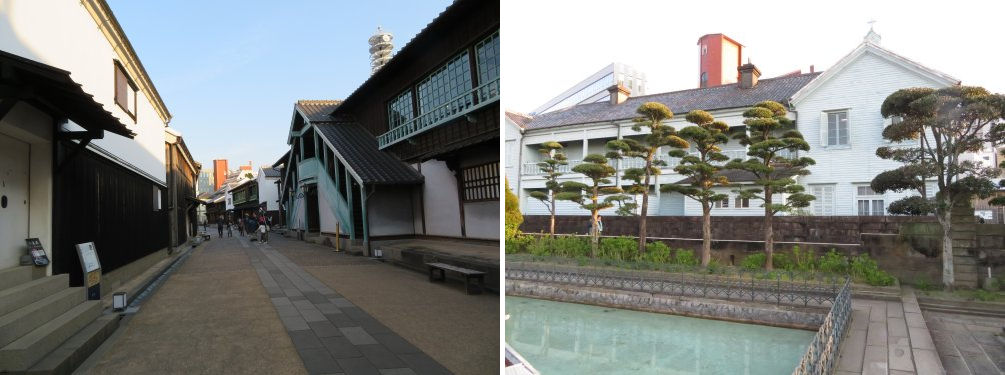
Of the 49 buildings that existed in the early 19th century, 16 have been reconstructed to date. The reconstructed Dutch Trading Post (left). The Divinity School at the eastern end (right).
We had dinner at Shikairou. This is the restaurant where two famous Nagasaki dishes, champon and saraudon was first served. It was a spacious dining area with a good view of the bay. We ordered both dishes. Because nowadays the dishes have become so popular, I cannot say that the dishes were extraordinarily good, but it’s worth the experience to dine where they originated. There is a museum downstairs that you shouldn’t miss that gives you a lot of information on the dishes as well as the Chinese in Nagasaki.
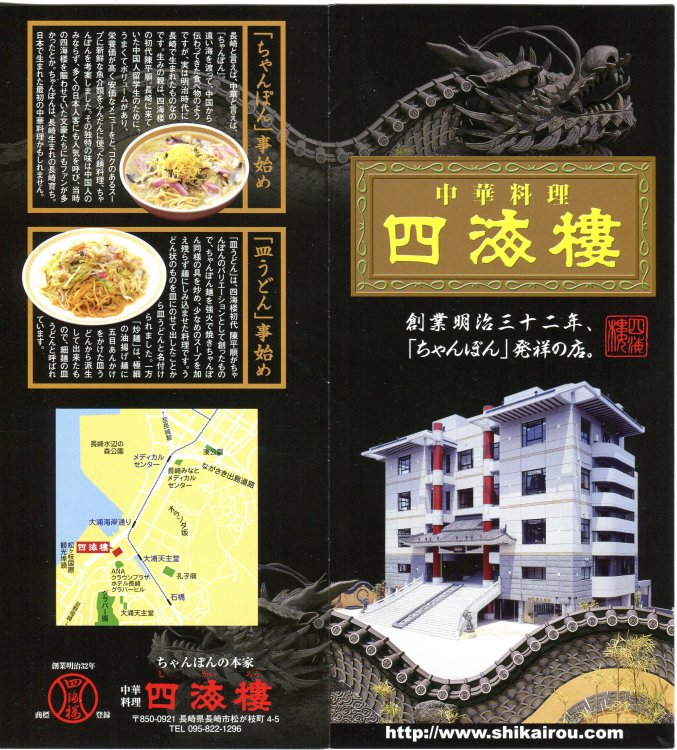
The pamphlet of Shikairou that invented two Nagasaki dishes, champon and saraudon. We tried both. The total bill including a beer was 3,240 yen..
I didn't forget to try some local sake on this trip. Although shouchuu seems to be more popular here, there still are some good sake. I bought a bottle of Rokujuuyoshuu honjouzou at a liquor shop in the Shianbashi district. It is dry and goes well with sashimi.
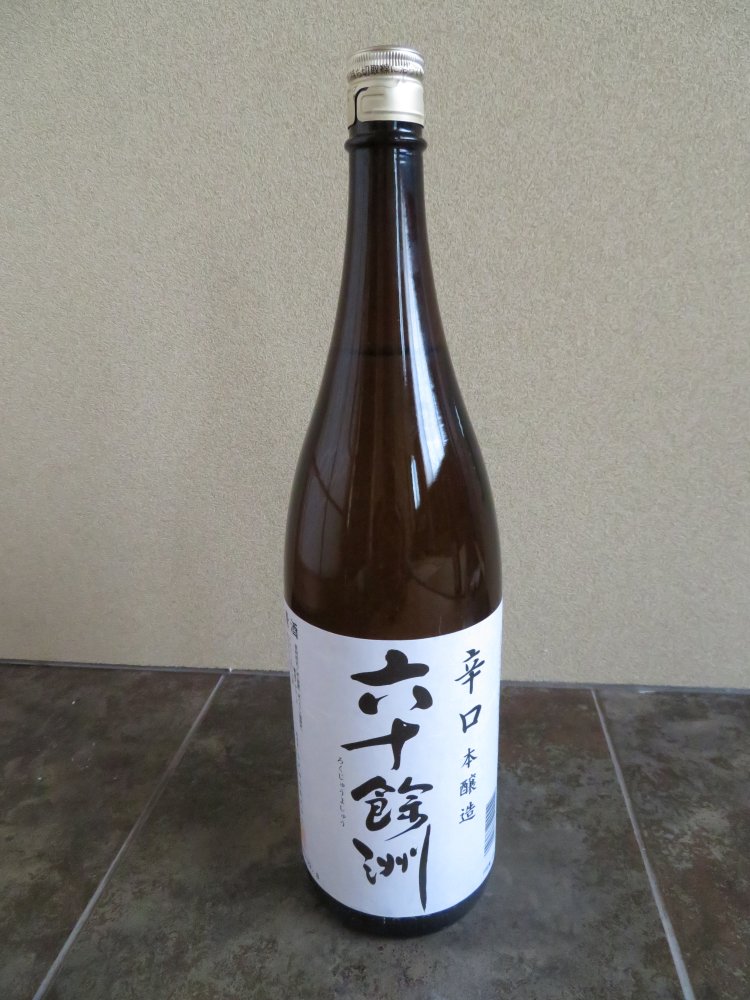
I bought a bottle of Rokujuuyoshuu honjouzou at a liquor shop in the Shianbashi district It is dry and goes well with sashimi.